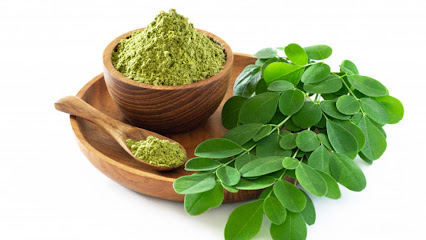Calcium plays a vital role in keeping bones strong, maintaining heart function, and ensuring proper muscle contraction. Women, especially as they age, are more prone to calcium deficiency due to various factors like hormonal changes, pregnancy, and menopause. Understanding the signs of calcium deficiency and taking proactive measures is crucial for long-term health.
Common Signs of Calcium Deficiency in Women
Frequent Muscle Cramps and Spasms
Muscle cramps, especially in the legs and feet, can be an early indicator of calcium deficiency. As calcium is essential for muscle contraction, low levels can lead to painful muscle spasms.Fatigue and Lethargy
Women with insufficient calcium often feel fatigued or have low energy levels. This can manifest as persistent tiredness, even after adequate rest.Brittle Nails and Dry Skin
Calcium is a key component of keratin, which strengthens nails and promotes healthy skin. A deficiency can cause nails to become weak, brittle, and prone to breaking, along with dry, flaky skin.Tooth Decay
Teeth, much like bones, rely on calcium for strength and structure. Calcium deficiency can weaken tooth enamel, leading to an increased risk of cavities and dental problems.Osteopenia and Osteoporosis
Low calcium levels can cause bones to lose density over time, leading to conditions like osteopenia or osteoporosis. Women with calcium deficiency are at higher risk of fractures, especially after menopause when bone loss accelerates.Tingling and Numbness
Calcium is necessary for proper nerve function. Deficiency can cause sensations like tingling or numbness, particularly in the fingers and toes, which may indicate that your nerves aren't functioning optimally.Irregular Heartbeat
Since calcium helps regulate heart contractions, low levels can lead to an abnormal heartbeat (arrhythmia), which may cause palpitations or feelings of lightheadedness.
Causes of Calcium Deficiency in Women
Several factors contribute to low calcium levels in women:
- Age and Menopause: Estrogen plays a role in calcium absorption, and its decline during menopause increases the risk of calcium deficiency.
- Dietary Habits: A diet low in calcium-rich foods such as dairy, leafy greens, or fortified plant-based alternatives can lead to a deficiency.
- Vitamin D Deficiency: Calcium and vitamin D work together to maintain bone health. Without sufficient vitamin D, the body cannot absorb calcium efficiently.
- Pregnancy and Breastfeeding: During pregnancy and lactation, women’s bodies require extra calcium for the development of the baby, increasing the risk of deficiency if their intake is insufficient.
Expert Tips to Strengthen Your Health and Boost Calcium Intake
Incorporate Calcium-Rich Foods
Aim to include a variety of calcium-rich foods in your diet. Some excellent sources include:- Dairy products like milk, yogurt, and cheese
- Leafy greens such as kale, broccoli, and bok choy
- Fortified plant-based milks (almond, soy, etc.)
- Fish with bones (sardines, salmon)
- Almonds, sesame seeds, and tofu
Get Adequate Vitamin D
Ensure you’re getting enough vitamin D to enhance calcium absorption. Sunlight is one of the best sources, but you can also include vitamin D-rich foods like fatty fish (salmon, mackerel), fortified cereals, and egg yolks.Consider Calcium Supplements
If you find it difficult to get enough calcium from your diet, supplements might be helpful. However, it’s crucial to consult with a healthcare professional before starting supplementation to avoid excess calcium, which can lead to kidney stones or cardiovascular issues.Engage in Weight-Bearing Exercises
Exercise helps maintain bone density. Incorporate activities like walking, jogging, dancing, or resistance training, which stimulate bone growth and improve calcium retention in the body.Limit Intake of Caffeine and Salt
Excessive caffeine and high sodium intake can reduce calcium absorption or increase its excretion through urine. Moderating consumption of coffee, tea, and salty foods can improve calcium retention.Monitor Bone Health
After the age of 50, it’s important to undergo regular bone density screenings to detect early signs of bone weakening. This helps to catch osteopenia or osteoporosis early, allowing for timely intervention.
Conclusion
Calcium is essential for overall well-being, especially for women who face a higher risk of deficiency due to hormonal changes. By recognizing the signs and symptoms of calcium deficiency and adopting lifestyle changes, you can strengthen your bones, improve your energy levels, and safeguard your health. Prioritizing a calcium-rich diet, staying active, and ensuring proper supplementation when necessary will go a long way in maintaining optimal health.









